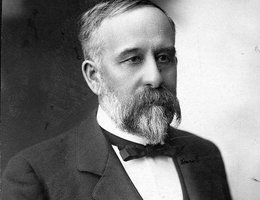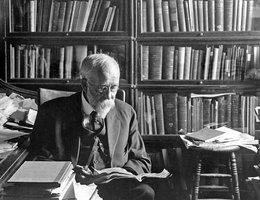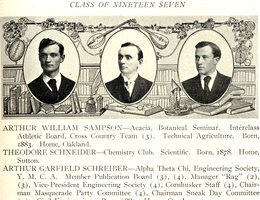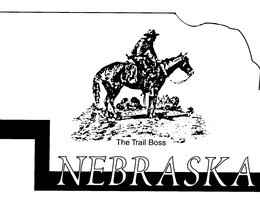

Essie Davis was part of a new trend – a more scientific approach to ranching. Range management is the handling of grasslands where cattle graze in order to maintain and increase both plant and animal production. Proper range management is crucial to successful ranching, and so, it is not surprising that Nebraska is where it was born.
The story of range management began in the late 1800s at the University of Nebraska. Charles Edwin Bessey was a botanist (an expert in the study of plants) and later, a member of the Nebraska Hall of Fame. Before that time, not much thought was paid to managing the prairies that fed the cattle.

Bessey changed botany, both in how it was studied and how it was used. In Bessey’s time, botany was the process of observing plants in nature. Bessey also saw botany as an applied science, in a laboratory with microscopes and chemicals. He worked closely with farmers and ranchers to find ways to deal with the problems of weeds and methods to keep healthy plants growing.

Bessey was an inspiring teacher, and his students also advanced the study of biology. They developed methods for examining plant populations, and looked at how plants interacted with elements like soil, rain and drought, and other environmental factors.

One of Bessey’s students, Arthur William Sampson went on to become America’s first range ecologist. Sampson was born in Oakland, Nebraska, on March 27, 1884. He attended the University of Nebraska where he studied botany and plant ecology. In the 20th century, Sampson did most of his research in Oregon and Utah.
Sampson’s career, like Bessey’s, was a combination of laboratory and applied science. He is credited with many firsts, including rotational grazing. This is a plan for moving livestock to different pastures to graze so the plants can continue to grow. Sampson was the first to develop a practical method for evaluating the quality of ranges. He also wrote the first range management textbook.

Shortly after the end of World War II, the Society of Range Management was founded, and in 1948 the Nebraska Section was organized. Along with the post World War II boom in cattle prices came a wider and wider interest in maintaining grasslands.
Charles E. Bessey is in the Nebraska Hall of Fame.
Learn more about him and its members.